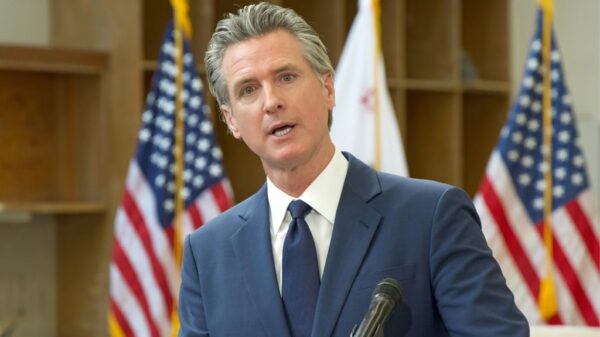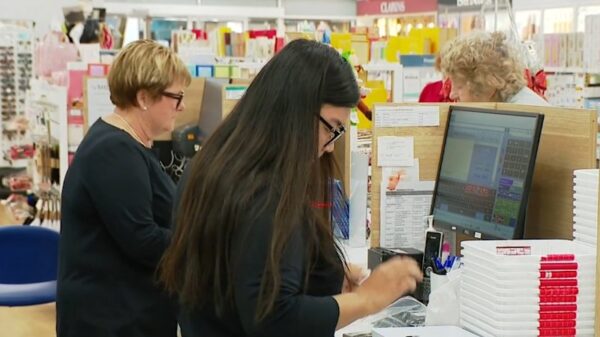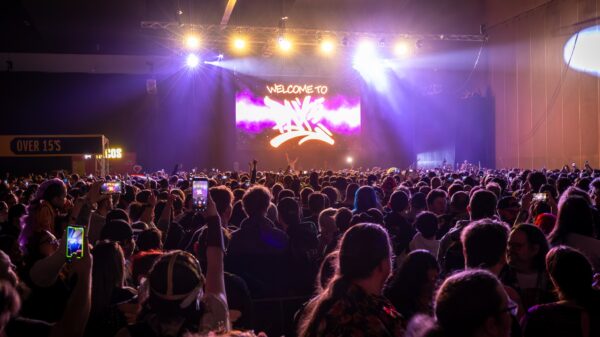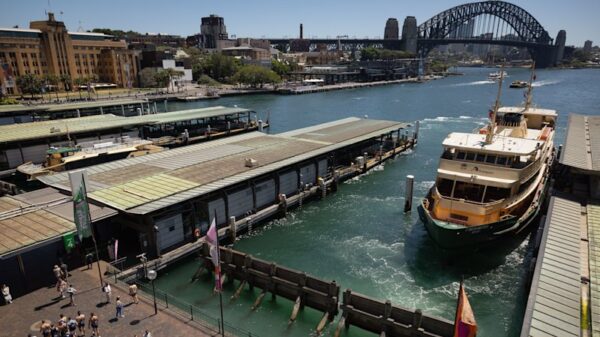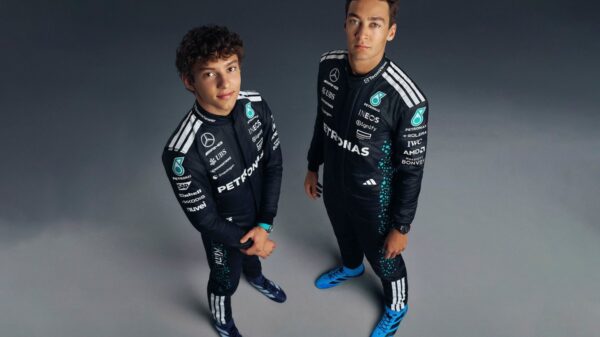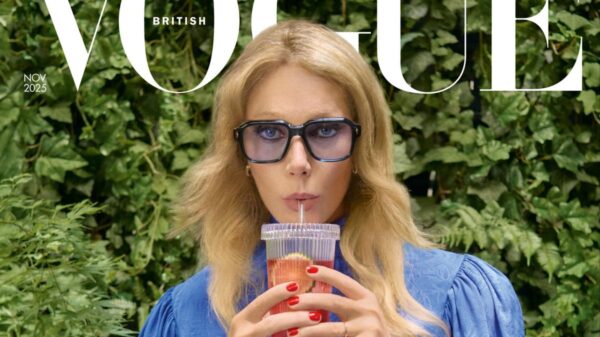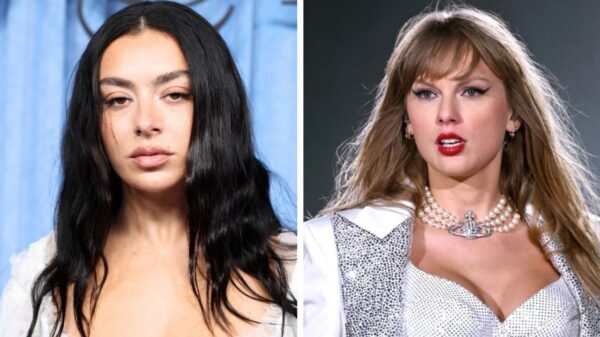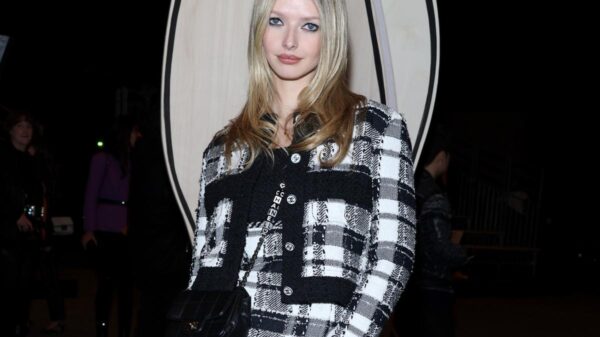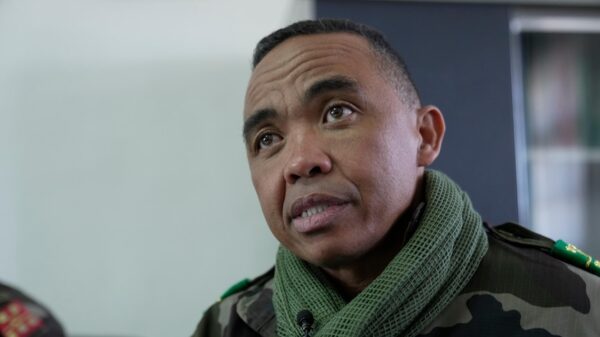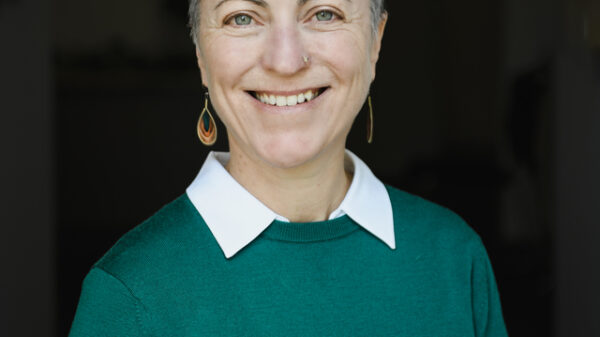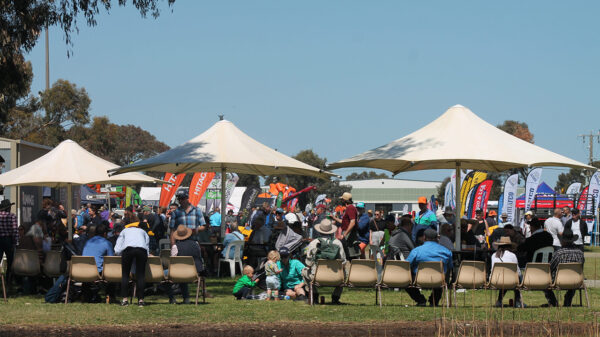Tourism Australia has unveiled its latest global campaign, “Come and Say G’day,” with a budget of A$130 million. This initiative serves as a sequel to the 2022 advertisement featuring the brand ambassador, Ruby the Roo. The new campaign showcases vibrant drone footage, iconic landscapes, and a cheerful message that encourages international visitors to experience Australia.
In a strategic move, Tourism Australia is releasing five tailored versions of the ad, each featuring celebrities suited to key markets. In the United States, audiences will see the familiar face of wildlife advocate Robert Irwin, while Nigella Lawson represents the United Kingdom. Stars from China, Japan, and India—Yosh Yu, Abareru-kun, and Sara Tendulkar, respectively—will headline the localized ads. This approach acknowledges a fundamental truth in tourism marketing: one advertisement cannot effectively resonate with every audience.
Despite its glossy production, critics argue that the campaign relies heavily on outdated imagery, portraying a nostalgic view of Australia that seems anchored in the past. Many have pointed out that the campaign feels reminiscent of the 1984 ads that first introduced the world to a laid-back, sun-soaked Australia.
Revisiting Stereotypes in Australian Tourism Advertising
Australian tourism advertisements have long depended on a limited set of cultural stereotypes. The most iconic example is the 1984 campaign featuring Paul Hogan and his famous “shrimp on the barbie” line. This advertisement played into appealing stereotypes, presenting Australia as a friendly and casual destination with inviting landscapes and wildlife. Critics have noted that this was not merely a tourism advertisement but also a branding exercise that depicted Australians as humorous and approachable.
Subsequent campaigns have often echoed this formula, sometimes with irony, as seen in the 2018 Dundee reboot. Other times, they have taken a more serious approach, as in the controversial 2006 “So where the bloody hell are you?” which faced bans in the UK. Even a more ambitious 2008 campaign directed by Baz Luhrmann received mixed reviews, with some industry operators feeling the portrayal was more fantasy than reality.
Over the past four decades, Australia has evolved significantly, yet tourism advertisements have frequently returned to familiar themes: white sandy beaches, red deserts, and humorous depictions of Australian life. While these images contributed to Australia’s global brand in the late 20th century, modern tourists are more discerning and seek authentic experiences that reflect the true culture of a destination.
Calls for Inclusive and Authentic Storytelling
The 2025 campaign raises concerns about its one-dimensional portrayal of Australia. While it features international stars, it predominantly reinforces broad white stereotypes of “Aussie-ness.” Viewers are presented with a traditional pub scene, sunburned adventurers, and light-hearted debates on food pronunciation, but there is a conspicuous absence of contemporary Indigenous voices or narratives. Aside from a fleeting sound of a didgeridoo and a brief appearance by Thomas Weatherall, an actor and playwright from the Kamilaroi nation, the campaign lacks depth.
Moreover, it overlooks Australia’s rich multicultural tapestry, vibrant food scenes, and diverse festivals. Instead of presenting a holistic view of the country, the campaign positions Australia as merely an adventure playground without acknowledging its diverse inhabitants.
Tourism Australia’s own research indicates that travelers are increasingly interested in meaningful and authentic experiences. They want to connect with locals and engage with cultural stories, as well as seek sustainable travel options.
National tourism campaigns often face intense scrutiny, which can dilute bold ideas. This limits creativity and the opportunity to present a more nuanced and honest narrative about Australia. While the charm of characters like Ruby the Roo is undeniable, the storytelling methods require evolution to better reflect the reality of contemporary Australia.
Successful international campaigns provide valuable lessons. For instance, New Zealand’s enduring “100% Pure New Zealand” campaign incorporates strong environmental messages and Māori cultural narratives. Similarly, Canada’s Indigenous Tourism campaign places First Nations perspectives at the forefront.
To present a true and wonderfully multicultural vision of Australia, it is essential to empower local guides, community operators, and cultural custodians to share their stories. For over forty years, Australian tourism campaigns have relied on familiar stereotypes while ignoring calls for deeper, more inclusive narratives.
Tourism campaigns do more than promote destinations; they help shape national identity and influence how both Australians and the global community perceive the country. Currently, the story being told is safe, superficial, and echoes a time long past.

